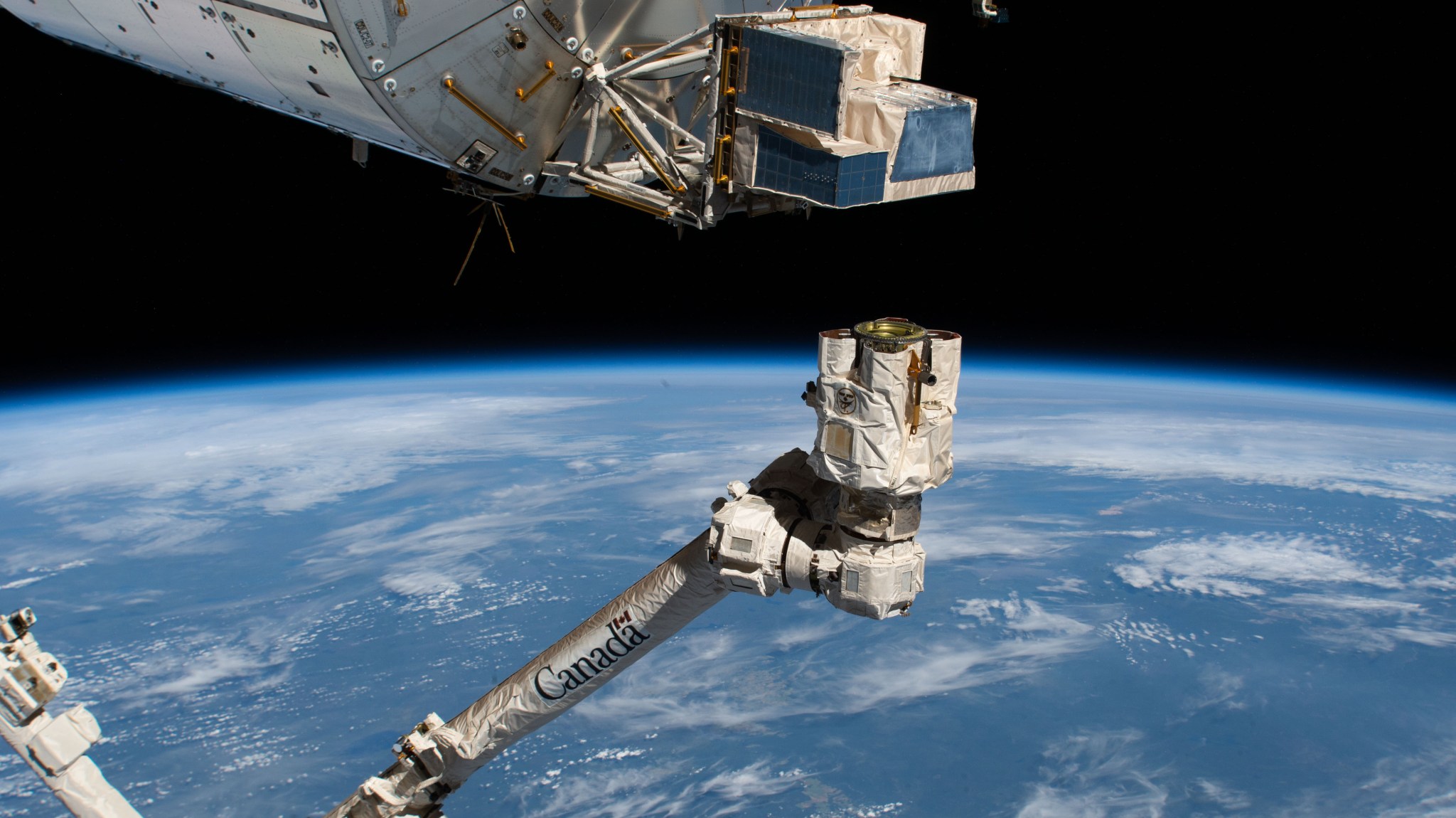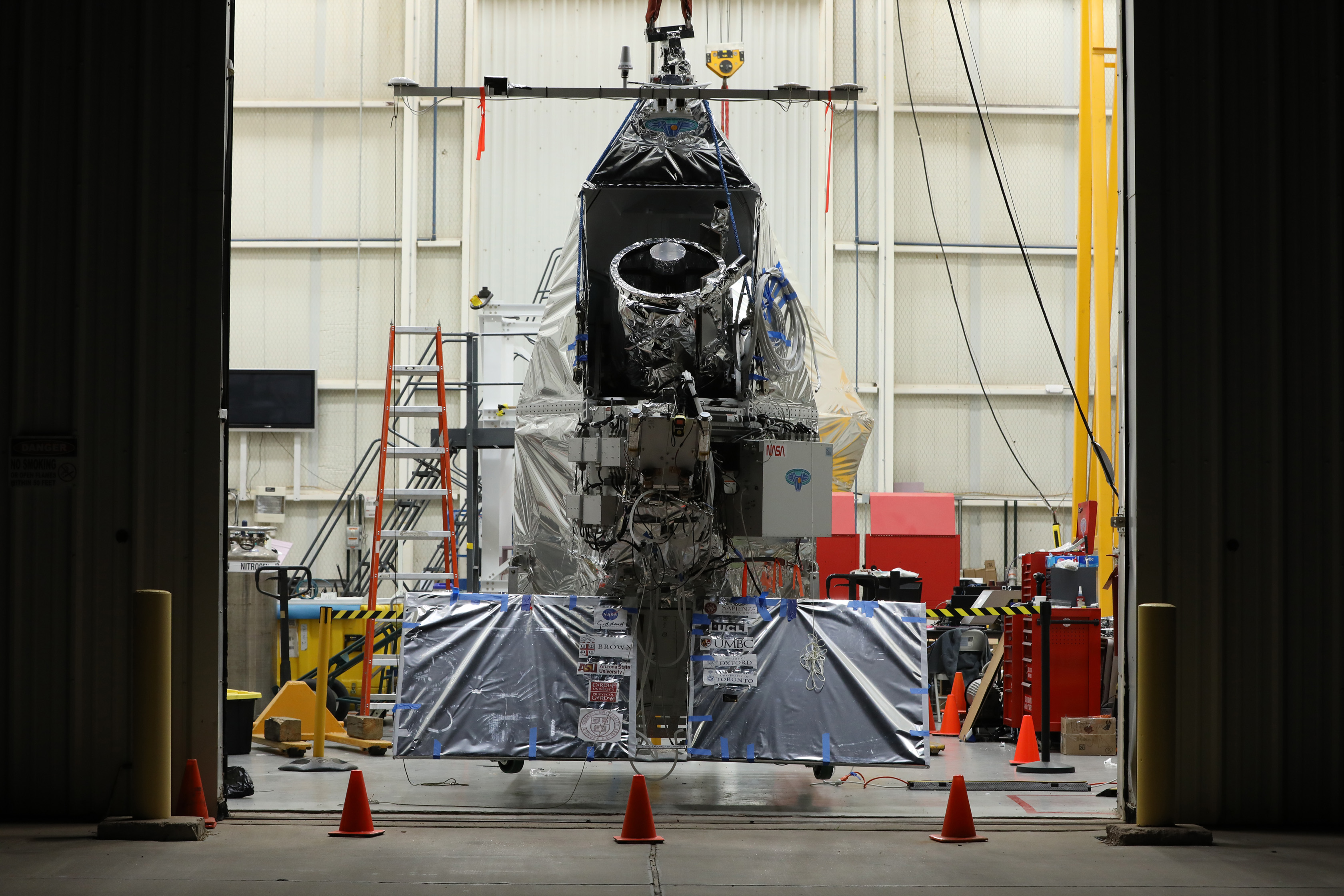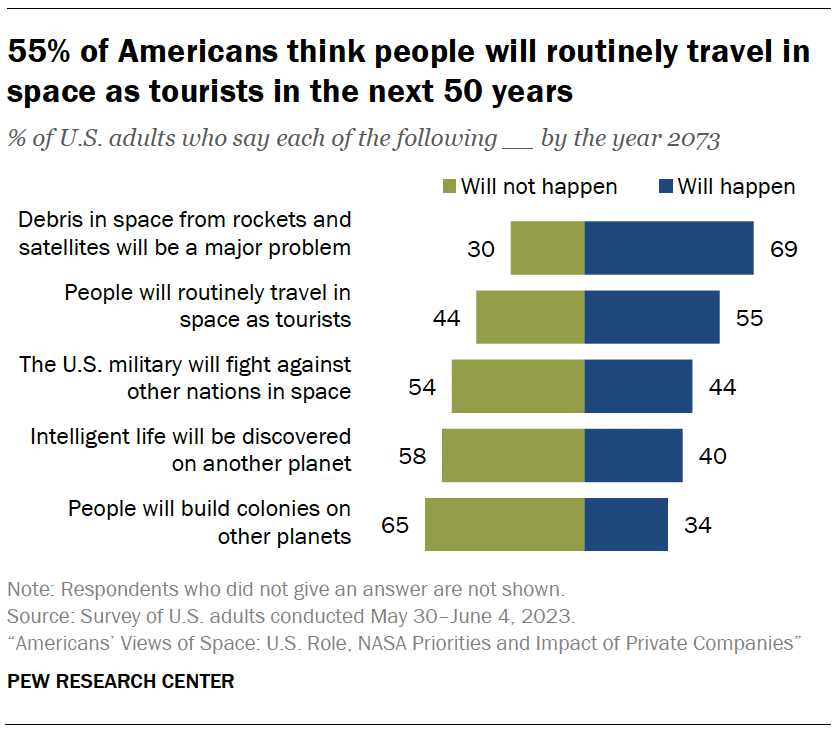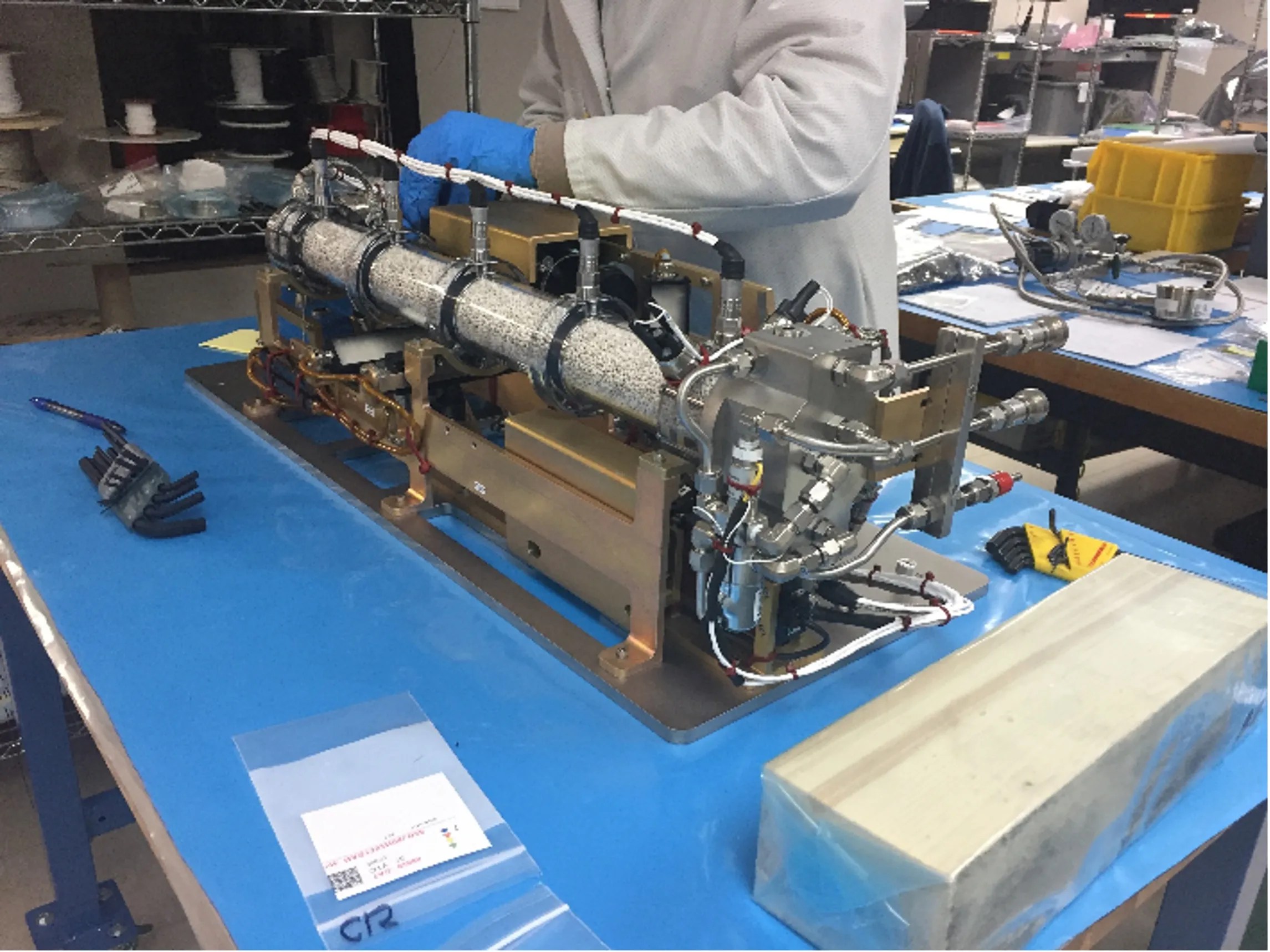Discover Pandipedia
Pandipedia is the world's first encyclopaedia of machine generated content approved by humans. You can contribute by simply searching and clicking/tapping on "Add To Pandipedia" in the answer you like. Learn More
Expand the world's knowledge as you search and help others. Go you!
Let's look at alternatives:
- Modify the query.
- Start a new thread.
- Remove sources (if manually added).
- Request a manual search from our human research team.

Google's generally a second-price auction. So each spot higher in the order is more expensive.
Mr. Hurst[5]
In a first-price auction, an auction winner will be charged exactly what they had submitted as their bid.
THE WITNESS[1]

In contrast, within a second-price auction, an advertiser is not necessarily charged exactly what they bid.
THE WITNESS[1]
The amount that we charge an advertiser is the least that they hypothetically could have bid while still receiving their allocation.
THE WITNESS[1]
Google uses a second-price auction for search text ads because we consider it to be a more advertiser-friendly auction mechanism.
DR. JUDA[1]
Let's look at alternatives:
- Modify the query.
- Start a new thread.
- Remove sources (if manually added).
- Request a manual search from our human research team.
Get more accurate answers with Super Search, upload files, personalised discovery feed, save searches and contribute to the PandiPedia.
Let's look at alternatives:
- Modify the query.
- Start a new thread.
- Remove sources (if manually added).
- Request a manual search from our human research team.
Transcription: The Europe Car Rental Market is booming! It's expected to grow from 31.23 billion dollars in 2024 to an impressive 73.95 bill...
Let's look at alternatives:
- Modify the query.
- Start a new thread.
- Remove sources (if manually added).
- Request a manual search from our human research team.
Overview
Prompt engineering is the art and science of designing high-quality inputs for large language models (LLMs) in order to obtain accurate, relevant, and well-structured outputs. As stated in the whitepaper, prompt engineering involves considering several aspects of a prompt – including word choice, tone, style, structure, and context – as well as the model’s output configurations, such as temperature, top-K, top-P, and token limit[1]. It is an iterative process where testing and refinement lead to improved model performance. In addition, simple and composable patterns are often recommended, especially in the early stages of system development, so as not to overcomplicate the implementation. This approach is similarly endorsed by Anthropic’s guidance on building effective agents, where starting with direct LLM API calls and keeping the design as simple as possible is emphasized[2].
Clarity and Simplicity in Design

A key best practice for prompt engineering is to design prompts in a clear, concise, and straightforward manner. The recommendation is to avoid overly complex language or unnecessary jargon because if the prompt is confusing for the engineer, it will likely be confusing for the model as well[1]. Instead of using excessive constraints, engineers are advised to use explicit instructions: for instance, stating exactly what output is expected rather than listing what the model should avoid. Clear instructions help the language model focus on the critical elements of the task. Both sources note that simpler designs not only assist with debugging but also ensure that the underlying process remains transparent for later improvements[2][1].
Providing Examples and Structuring Input
Including one-shot or few-shot examples within the prompt is one of the most effective practices. Examples provide a reference point that helps guide the model’s output, enabling it to emulate the desired structure and tone. As highlighted in the whitepaper, by including carefully chosen examples, the model can produce responses that are closer to what is expected. Structured input, such as using a JSON schema, further reduces ambiguity by guiding the model to return output in a well-defined format. This reduces the risk of hallucinations and inconsistencies in the final output[1].
Configuring Model Output

Alongside careful prompt design, configuring model parameters is essential. Key configuration settings include temperature, top-K, top-P, and the token limit. Lower temperatures are typically used when a more deterministic response is necessary, while higher temperatures encourage creative or varied output. The whitepaper recommends starting points – for example, a temperature of 0.2, top-P of 0.95, and top-K of 30 for coherent yet slightly creative output and adjusting these based on the specific task requirements[1]. This configuration not only makes the responses more predictable but also affects processing time and cost, which are important factors in production environments[1].
Instructions Over Constraints and Specifying Outputs

A further best practice is to use positive instructions to guide the model towards what you want, rather than solely relying on negative constraints. This means instructing the model on the type of output you desire, such as stating: 'Generate a three-paragraph blog post about the top five video game consoles, written in a conversational tone' as opposed to listing items the model should avoid. Being specific about the output helps in obtaining responses that meet the required criteria. In addition, directing the model to output structured formats like JSON can be useful both for parsing the results reliably and for reducing hallucinations[1].
Utilizing Variables and Experimenting with Formats

Making prompts more dynamic and reusable involves using variables as placeholders, which can be substituted with different inputs as needed. For example, by specifying a variable for a city name in a travel information prompt, the same basic structure can be adapted for multiple cities. Furthermore, experimenting with various input formats and writing styles is another best practice. This experimentation helps in understanding how small changes in the prompt’s wording or structure can yield different responses, allowing engineers to fine-tune their prompts for specific tasks[1].
Iterative Development and Documentation

Prompt engineering is not a one-time activity but an iterative process. It is crucial to test different versions and document each attempt’s settings, output, and any improvements achieved. The whitepaper suggests maintaining detailed records—using tools like spreadsheets—to document prompt versions, model parameters, outputs, feedback, and any observed variance across model updates. This practice not only facilitates future troubleshooting but also provides a historical record that can be referenced to ensure that prompts remain effective as the underlying model evolves[1].
Integration with Agentic Systems

When building more advanced systems such as autonomous agents or agentic workflows, it is important to apply the same principles of simplicity, clear instruction, and structured outputs. According to Anthropic, starting with the simplest possible solution is advised, only adding layers of complexity, such as dynamic tool usage or multi-step workflows, when absolutely necessary. Agentic systems benefit from prompt chaining and routing where tasks are divided into subtasks or different models handle specific components of a larger process. Keeping the agent’s interface and tool documentation clear is critical to ensure reliable and predictable performance[2].
Conclusion
The best practices for prompt engineering center on clarity, simplicity, and explicit instruction. By providing clear examples, structuring inputs appropriately, and carefully configuring model parameters, developers can significantly improve the accuracy and reliability of LLM outputs. Alongside these established prompt design principles, rigorous documentation and iterative refinement pave the way for building effective and trustworthy agentic systems. Simple, well-documented approaches not only enhance the immediate performance of language models but also provide the necessary foundation for scaling more complex, autonomous systems down the line[1][2].
Let's look at alternatives:
- Modify the query.
- Start a new thread.
- Remove sources (if manually added).
- Request a manual search from our human research team.

Engaging in DIY crafting has become increasingly recognized as a beneficial practice for mental health. Through a variety of creative activities, individuals can enhance their emotional well-being, reduce stress, and foster social connections. This report explores the numerous ways in which crafting can positively influence mental health, supported by recent research and expert insights.
Mindfulness and Stress Relief

Crafting promotes mindfulness, an important factor in alleviating stress and anxiety. The focused and repetitive nature of many creative activities, such as knitting and painting, encourages individuals to immerse themselves fully in the task at hand. This focus helps distract from negative thoughts and promotes a calming effect, akin to meditation. As noted, 'Crafting requires concentration and repetitive actions, promoting mindfulness and keeping individuals present'[2]. This therapeutic process allows for a break from daily worries, leading to significant reductions in stress levels[2][4].
Research has shown that these engaging activities can reduce the levels of the stress hormone cortisol, thus improving overall quality of life. Engaging in enjoyable hobbies such as crafting can result in lower cortisol levels and enhance feelings of happiness, aligning with findings that “crafting can reduce stress”[9]. A study involving nearly 50,000 participants revealed that 76% used creativity as a 'distraction tool' to manage stress[3].
Emotional Expression and Accomplishment

Participating in craft projects provides individuals with a sense of completion and achievement. The tangible results of crafting—whether it's finishing a knitted item or completing a painting—contribute to boosted self-esteem and reduce feelings of depression. Completing projects instills a sense of pride and accomplishment, which can be especially beneficial for those struggling with self-worth issues. Studies suggest that 'completing a crafting project provides a sense of achievement, boosting self-esteem and reducing feelings of depression'[2].
Additionally, crafting allows for emotional expression. Engaging in art forms such as painting or sculpting can help individuals process complex emotions and serve as a therapeutic outlet for feelings that may be hard to articulate verbally. For instance, “Crafting allows for emotional expression, enabling individuals to process and release their feelings”[2]. This can lead to improved emotional regulation and reduction of negative moods.
Social Connections and Community Building

Crafting activities often foster social interactions, which are critical for mental health. Group workshops and online communities create opportunities for social support, reducing feelings of isolation and loneliness. As highlighted in various studies, in-person and virtual crafting groups offer a shared experience that can be uplifting and nurturing. Crafting together encourages bonding and provides a strong sense of community, which is vital for emotional support. Whether it’s through a “‘knit and natter’ group” or a local crafting club, social connections can contribute significantly to mental wellness[1][2].
Testimonials from participants underline the importance of these interactions, with members expressing that joining crafting groups has “literally saved my life and allowed me to gain a sense of purpose and belonging”[1]. The combination of creativity and community can significantly enhance psychological well-being.
Cognitive Benefits and Aging
Participatory crafts also show promise in cognitive enhancement, particularly among older adults. Activities like basket-making and textile crafts may help re-establish neural pathways and promote brain plasticity, which is essential for cognitive health. Engaging with crafts not only helps in maintaining cognitive function but can also reduce the risk of dementia and cognitive decline. For instance, research indicates that “community engagement and cultural activities may reduce the risk of dementia onset”[1]. These findings highlight the potential of crafting as a valuable tool in supporting cognitive health throughout the aging process.
Conclusion
The mental health benefits of DIY crafting are substantial and multifaceted. From fostering mindfulness and emotional expression to enhancing social connections and cognitive performance, engaging in crafting activities can serve as an effective tool for improving overall mental well-being. As individuals navigate the pressures of modern life, incorporating crafting into routine practices could provide a joyful escape and a pathway toward a balanced, fulfilled life. Whether undertaking a solitary project or participating in a community group, the act of creating with one’s hands is not just about the end product; it is about the holistic benefits that crafting brings to the mind and spirit.
Let's look at alternatives:
- Modify the query.
- Start a new thread.
- Remove sources (if manually added).
- Request a manual search from our human research team.
Get more accurate answers with Super Search, upload files, personalised discovery feed, save searches and contribute to the PandiPedia.

Floods occur when water overflows onto normally dry land, typically as a result of heavy rainfall, snowmelt, or storm surges. When rivers or streams overflow their banks due to excessive rain or ice jams, this is termed riverine flooding. Coastal flooding can happen when storms push ocean water inland, while flash floods develop suddenly, often with little warning, due to intense rainfall in a short period of time[2][3][4][5].
Geography plays a significant role in flood risks; areas near rivers, urban environments with impermeable surfaces, and mountains can exacerbate flooding[1][3]. Additionally, climate change increases the frequency and severity of floods by causing heavier precipitation and rising sea levels[4][6].
Let's look at alternatives:
- Modify the query.
- Start a new thread.
- Remove sources (if manually added).
- Request a manual search from our human research team.
Let's look at alternatives:
- Modify the query.
- Start a new thread.
- Remove sources (if manually added).
- Request a manual search from our human research team.

Introduction
Space exploration continues to push the boundaries of scientific discovery and technological advancement. The latest missions not only expand our knowledge of the cosmos but also contribute to practical applications on Earth. This report synthesizes details from recent missions and public opinions to provide insights into their implications.
Recent Space Exploration Highlights
International Space Station (ISS) Research

The International Space Station continues to be a hub for groundbreaking technology demonstrations and scientific investigations. Over 3,700 investigations have been conducted, resulting in over 4,000 research articles. Key research projects include the Neutron star Interior Composition Explorer (NICER) and the Atmosphere-Space Interactions Monitor (ASIM), which study neutron star structures and upper-atmospheric discharges respectively[2].
SpaceX Missions

SpaceX remains at the forefront of commercial space missions. The company recently performed static fire tests on its Falcon 9 rockets in preparation for various missions, including the Starlink satellite launches and the Polaris Dawn mission. The Crew-9 mission is also on the horizon, aiming to transport NASA astronauts and a Roscosmos cosmonaut to the ISS for a six-month stay[1][5][9].
Technological Innovations
Additive Manufacturing

NASA's Rapid Analysis and Manufacturing Propulsion Technology (RAMPT) project has been a game-changer for additive manufacturing in space exploration. The project aims to create stronger, lighter materials for rocket parts, significantly reducing costs and manufacturing times. NASA's partnerships with private companies and academic institutions have facilitated the commercialization of these technologies, fostering a thriving space infrastructure[3].
Materials Science and Industrial Applications

The Electromagnetic Levitator and the Electrostatic Levitation Furnace aboard the ISS are revolutionizing materials science. These facilities allow scientists to study the physical properties of alloys and other materials in microgravity, leading to advancements in 3D printing and the development of new, reliable materials for both space and terrestrial applications[4][8].
Space Tourism and Public Perception
Public Opinion on Space Exploration

A recent Pew Research Center survey revealed that 55% of Americans expect routine space tourism to become a reality in the next 50 years. Most Americans continue to see NASA as essential for space exploration, despite the increasing involvement of private companies like SpaceX and Blue Origin. Interestingly, there is less public enthusiasm for sending human astronauts to the Moon or Mars compared to other objectives like monitoring asteroids and studying Earth's climate[6].
Private Space Missions

The Polaris Dawn mission, set to achieve the highest Earth orbit by a crewed spacecraft and conduct the first private spacewalk, exemplifies the growing role of private companies in space exploration. Funded and commanded by billionaire Jared Isaacman and operated by SpaceX, this mission aims to advance scientific research and human health, proving that private ventures can complement governmental efforts in space[5][9].
Scientific and Societal Implications
Advances in Scientific Knowledge
Recent missions have provided significant insights into various scientific fields. For instance, NICER's study of pulsars enhances our understanding of gravitational waves, while ASIM's observations improve climate models. These advancements have practical applications, such as better weather prediction and novel disease treatments derived from tissue regeneration studies conducted in microgravity[2].
Broader Applications on Earth

Technologies developed for space missions often find applications on Earth. For example, the outcomes of the Packed Bed Reactor Experiment for water purification have potential uses in improving life support systems in space and water treatment processes on Earth. Similarly, the study of how microgravity affects plant growth could pave the way for sustainable agriculture in harsh environments[8].
Long-term Goals and Collaboration

As countries like China and India ramp up their space activities, international collaboration in space exploration becomes increasingly essential. Missions like those facilitated by the ISS and public-private partnerships exemplify how shared goals can lead to remarkable achievements. The Artemis missions, which aim to return humans to the Moon and eventually Mars, underline the importance of global cooperation[6].
Conclusion
The latest space exploration missions have far-reaching implications, from technological innovations and scientific discoveries to societal benefits and international collaboration. As NASA and private companies continue to push the boundaries of what is possible, these missions not only expand our understanding of the universe but also bring practical, life-enhancing technologies back to Earth. The collaborative efforts in space exploration, supported by public opinion and advanced by scientific research, promise a future where space becomes an integral part of human progress.
This report integrates information from multiple sources to provide a comprehensive overview of the implications of recent space exploration missions. Each section is supported by specific details cited from the texts to ensure accuracy and relevance.
Sources:
Let's look at alternatives:
- Modify the query.
- Start a new thread.
- Remove sources (if manually added).
- Request a manual search from our human research team.

Understanding ASMR

The Autonomous Sensory Meridian Response (ASMR) is commonly described as a pleasant tingling sensation that begins in the scalp and neck and can spread throughout the body. This sensation is triggered by specific audio-visual stimuli, such as whispering, tapping, and gentle hand movements. Individuals who experience ASMR often report that it leads to feelings of relaxation, calmness, and overall positive affect[2][3].
Emotional and Psychological Responses
ASMR triggers a unique blend of emotional responses, characterized by both activation and relaxation. According to studies, ASMR experiences are associated with increased levels of calmness and excitement following exposure to ASMR videos. Specifically, research showed that ASMR participants reported significantly greater improvements in calmness and excitement compared to those who do not experience ASMR[6][10]. Interestingly, ASMR participants also experience reductions in negative emotions such as stress and sadness while watching ASMR videos, leading to a more favorable emotional state overall[8][10].
Furthermore, ASMR is not merely an entertaining phenomenon; it may serve as a therapeutic tool. A study highlighted that participants who experience ASMR often engage with these videos to manage stress and anxiety, showing significant decreases in both state and trait anxiety after viewing ASMR content. This reduction in anxiety is particularly pronounced in individuals already predisposed to higher levels of these emotional states[4][5][8].
Physiological Effects
In addition to psychological impacts, ASMR elicits measurable physiological responses. Research indicates that watching ASMR videos is linked to lower heart rates and increased skin conductance, which are indicators of relaxation and arousal, respectively[7][10]. These findings align with the idea that ASMR can be beneficial for regulating emotional states and may provide substantial therapeutic effects for individuals suffering from mood disorders, including anxiety and depression[6][9].
Individual Variability and Personality Traits
Notably, not everyone experiences ASMR. Only certain individuals are susceptible to this sensation, and studies have explored the personality traits associated with ASMR sensitivity. Research suggests that people who can experience ASMR often exhibit higher levels of neuroticism. This personality trait is linked to a predisposition to anxiety and negative emotional states[4][5]. ASMR experiences might amplify these emotional responses based on the individual's state of mind leading up to the exposure. For example, while ASMR is primarily associated with relaxation, misinterpretation of ASMR stimuli could lead to fear or disgust, particularly in those with high anxiety levels[9][10].
ASMR as a Therapeutic Intervention
Emerging literature supports the potential of ASMR as a non-pharmacological intervention for anxiety reduction. One study noted that all participants, regardless of their experience with ASMR, reported increased relaxation and improved mood after watching ASMR videos, with the most significant effects seen in individuals who regularly experience ASMR[6]. This suggests that ASMR may have therapeutic implications, particularly for individuals dealing with insomnia or depressive symptoms, potentially aiding sleep and reducing stress levels[8][9].
Furthermore, ASMR has been linked with mindfulness-like qualities, as the focused attention required to experience ASMR resembles mindfulness practices that have been shown to alleviate anxiety[6]. The possibility that ASMR can function similarly to mindfulness meditation could open new avenues for therapeutic application in psychological interventions.
Conclusion
The psychological effects of ASMR are diverse, combining emotional relief, physiological relaxation, and potential therapeutic benefits, particularly for those with anxiety disorders. Experiencers report significant improvements in mood, along with reductions in stress and anxiety levels after engaging with ASMR stimuli. Considering the growing popularity of ASMR videos, further research into this phenomenon could solidify its role as a viable method for improving mental health and emotional well-being, particularly for those high in neuroticism or suffering from anxiety disorders[2][4][6][9][10].
Let's look at alternatives:
- Modify the query.
- Start a new thread.
- Remove sources (if manually added).
- Request a manual search from our human research team.

